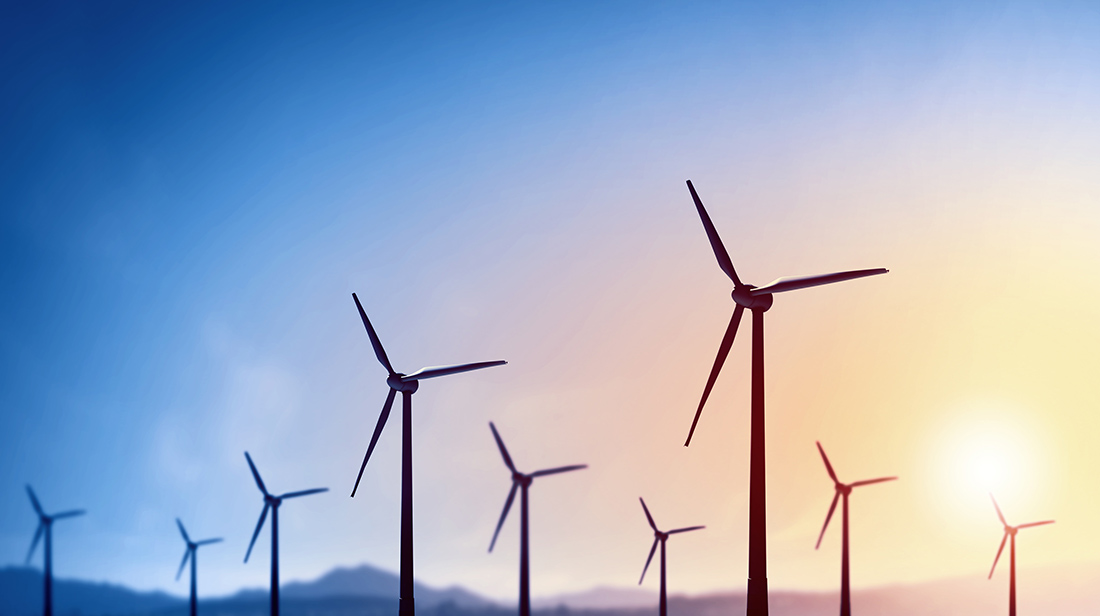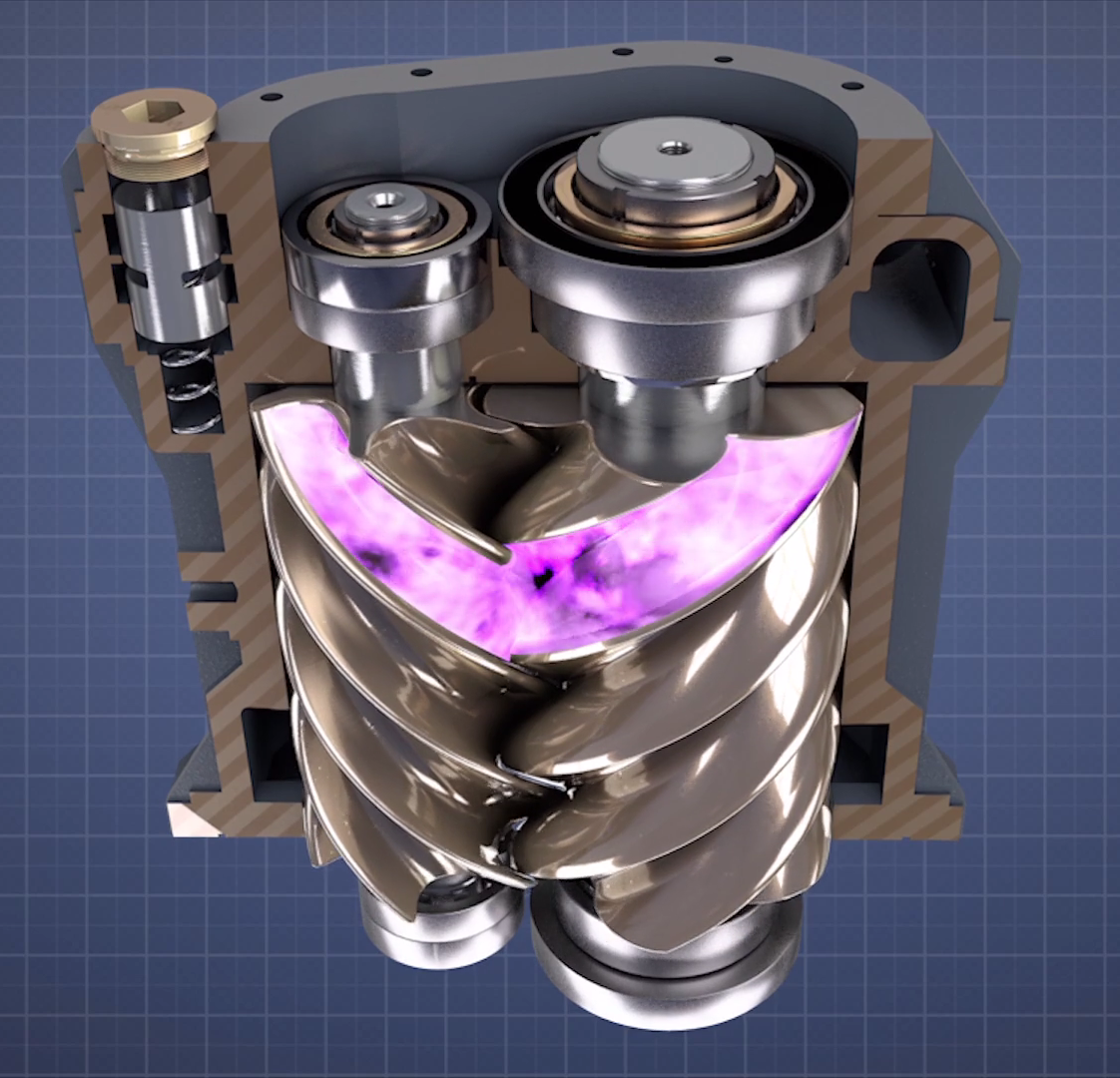Choose a different country or region to see the content specific to your location
Select Your Country/Region
Current Region:
 Global (EN)
Global (EN)
How can we help you?

Compressed air is used all around us in everyday life. It can be used in the form of blowing air or as an energy source and it is used to power or produce many of the things we use. From opening a bottle of fizzy drink, riding a roller coaster, taking the bus, visiting the dentist or the electricity we use each day, compressed air will have played a role in each one of these experiences.

Air is compressed by air compressors. Air compressors draw in air at an inlet valve, they then compress the air to the required volume and release the pressurised air through the discharge valve into a storage tank. The compression process is usually powered by an electric motor.
There are two types of air displacement which a compressed air system may operate upon:
Positive Displacement - The most common compression method, positive displacement compressors force air into a confined space, usually through the movement of a mechanical device.
Dynamic Displacement - Compared to positive displacement compressors which physically reduce the volume of captured air, dynamic displacement compressors speed up the air to high velocity. The energy created from this builds up air pressure.
Compressed air is air that is pressurised to greater than atmospheric pressure. It is exactly the same as the air that you breathe only it has been forced to a smaller volume and kept under pressure. Air is made up of 78% nitrogen, 20-21% oxygen and around 1-2% of other gases as well as water vapour. When compressed, the air is still made up of the same mixture of gases, however, it will have been forced into a smaller space, bringing the molecules closer together.
Compressed air can be stored at a high pressure and is a fantastic medium for transmitting energy. Compressed air is a popular energy source as it is safer and easier than alternative options like steam and batteries. Steam can be dangerous as it gets extremely hot whereas batteries can run out of charge, making both options unfavorable.
Compressed air is safe to use, easy to store and has many versatile uses.
Positive displacement compressors use various technologies to compress air, they fall into two main categories: rotary and reciprocating. Rotary compressors use a rotating component to compress gases whilst reciprocating compressors use a piston cylinder to pressurise air as it moves up and down in a reciprocating motion.
Screw
Rotary screw compressors use two meshed rotors which rotate together and force the air down the rotors, compressing it to a higher volume. Watch this simulation of the CompAir L series rotary screw compressor showing the main components of the compressor in action.
Scroll
Rotary scroll compressors use two interweaving scrolls to pump and pressurise the air. Often one of the scrolls will be fixed while the other orbits it, thus trapping and compressing pockets of air.
Vane
Rotary vane compressors use a rotor with a number of blade-shaped vanes inserted in radial slots in the rotor. As it rotates, the centrifugal motion compresses the air.
Main types of reciprocating compressor
|
Piston This example on the left shows a typical example where air is compressed in stages, the 1 stage on the right hand side compresses air up to a given pressure, this pressurised air is then injected into the 2nd stage on the left hand side with a smaller piston diameter to further compress the air to an even higher pressure. This would be used to fill air tanks for scuba divers and fire and rescue services who use breathing air. |